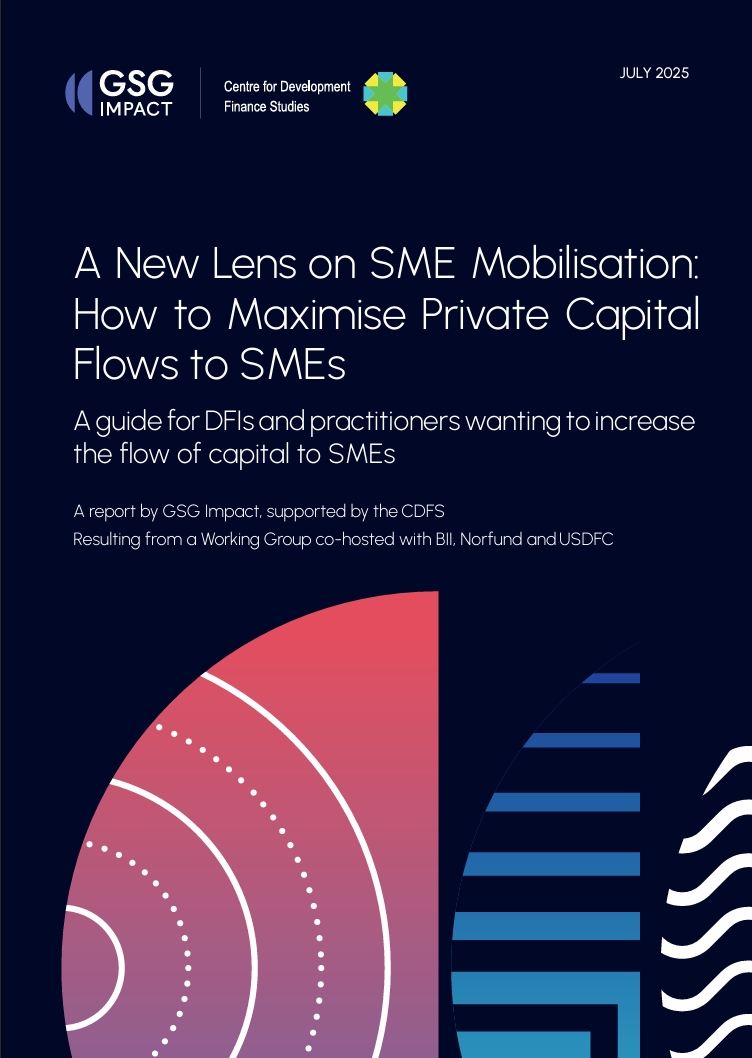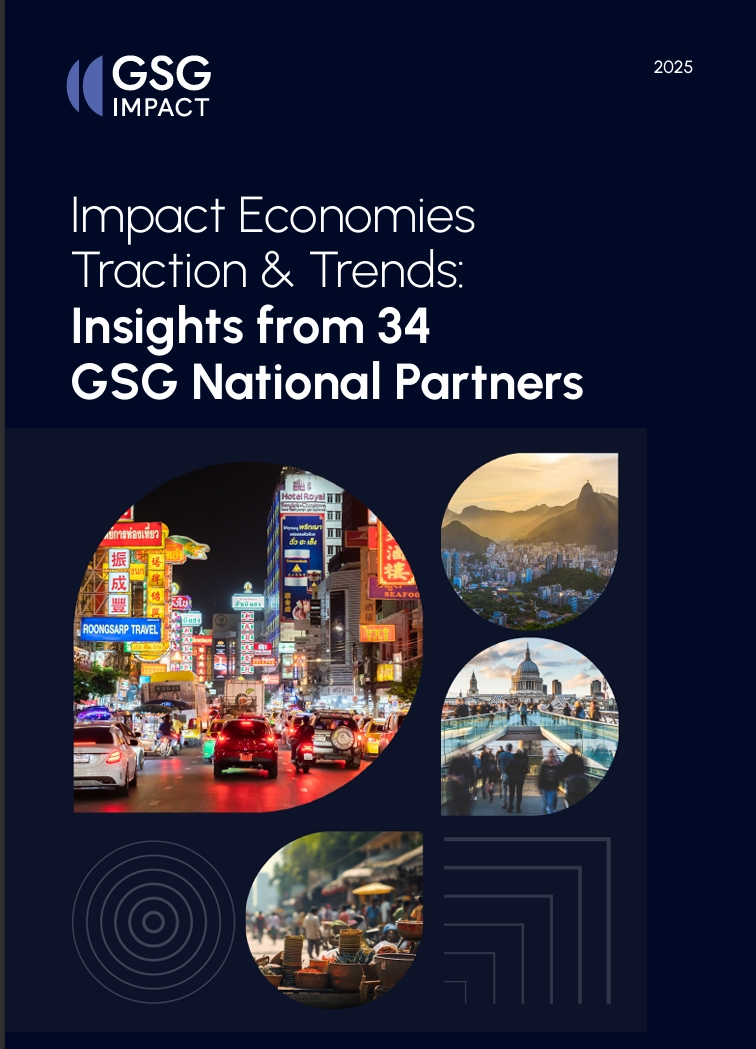
Market development: what it is and why it matters
It’s time to demystify market development!
Over the years, I have met many people for whom the concept of market development is… well, a concept. Some even mistake it with marketing.
Here is the definition, and how it applies to what we do at GSG Impact.
Market development is about expanding the amount of capital flowing to impact. This happens by:
- entering new markets,
- converting “non-users” into impact actors and impact investors, and
- increasing impact per “user” especially in business, investment, and policy.
How do we do this? It all revolves around three fundamental steps:
Infrastructure
That’s the starting point. Some people build bridges, roads, or sewage systems. In every country, GSG Impact builds structures to ensure that more capital flows to create social and environmental impact. We already support 35 countries in building their own national institution to drive more capital towards public good, and we’re currently working with another 30 to help them too. By bringing together all sectors of the economy in one institution: business, finance, policy, and civil society, they drive action on the ground while contributing directly to many SDGs — the top two being: no poverty and decent work & economic growth. Our collective efforts are the absolute embodiment of SDG17 — Partnerships for the Goals.
Information and intelligence
According to basic economic theory, markets function best when information is equally shared between all market players. Currently, this is not the case, and that creates barriers for investors, preventing them from investing significantly more into businesses that have a positive impact on people and the planet. Many investors still have either misconceptions, a lack of knowledge about how to make such investments, or simply insufficient courage to get out of their comfort zones (even if it means potentially better and more sustainable profits). The reports published as a result of the work of the G7 Impact Taskforce last year describe in detail the exact gaps and barriers that exist. They also provide concrete solutions and highlight real examples that are already driving greater impact transparency (i.e. better decision-relevant information). Additionally, the reports show — through examples from leading asset managers like Schroders & Blue Orchard or Credit Suisse — that there is a case for investing significantly more towards the SDGs in emerging markets. In each country, we create and disseminate information and market intelligence (for instance on the growth of impact markets), so that capital can flow towards impact everywhere it’s needed.








